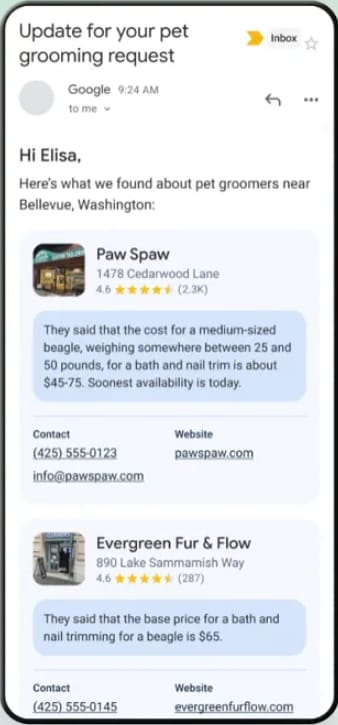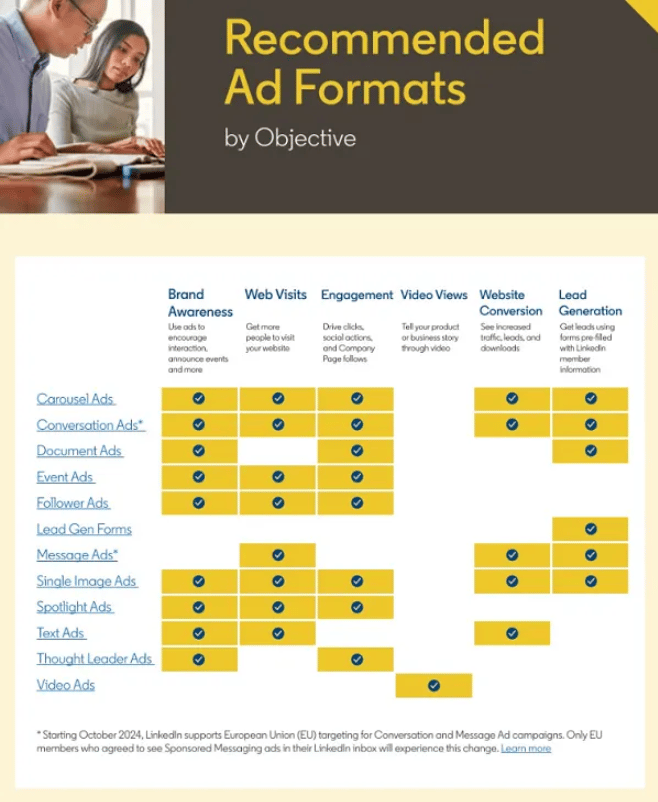- The Thread
- Posts
- The $200 AI Browser That Might Change Everything
The $200 AI Browser That Might Change Everything
Plus: Meet the men flocking to Pinterest

Today’s Social Media advertising rates are headed to the cookout:
↗️ META: $8.13 CPM | ↗️ TIKTOK: $5.08 CPM | ↗️ SNAPCHAT: $6.43 CPM
In this week’s edition:
🎯 Use this clever trick to target Spotify’s premium users
Meet the men flocking to Pinterest 📌
🚨 Buyer Beware: YouTube’s AI Slop, Google’s “hidden” search tax
But first…
☄️ The AI Browser War Isn’t Coming Soon—It’s Already Here
Perplexity AI's browser, Comet, launched last week to premium ($200/month) users—entering a crowded space that’s about to get even busier. It joins the Browser Company’s Dia, Google’s still-in-beta Gemini in Chrome, and a reported in-development browser from ChatGPT creator OpenAI. These AI-powered browsers are redefining how we interact with the internet by understanding context and completing tasks.
Techradar played with Comet for 48 hours and immediately declared AI browsers to be “the future of the internet.” NBC was a bit more muted. What’s clear, even in these early days, is that AI browsers are the next step in “agenctic” AI — the idea that AI will no longer just answer questions but also begin to act on our behalf.
Of course, as Google proved with Chrome, browsers are also the key to unlocking revenue. As Digiday points out, AI wants the ad dollars, too.
The Inside Scoop🍦: Now trending in performance media
☎️ Google’s AI is now getting new info the old fashioned way: By picking up the phone. Google is saving humans from having to call other humans by enabling its AI tools to call businesses to get more info after you enter a search query. For example, search for something like “pet groomers near me” and you’ll see a new option in the results to “Have AI check pricing.” Google will use the data that it has immediately available, as well as robo-calls, to learn the necessary information. It’ll then present the information in a handy summary, based on what it’s able to glean from each local business.

🔎 If you haven’t already upgraded your Video Action Campaigns to Demand Gen Campaigns, that time has come: Google is about to force the migration. One of the nice wins of Demand Gen is that the campaigns can be edited from Google’s API
💅 A few helpful tips from SearchEngineLand’s “5 one-click Google Ads segments to save your budget”:
Segment by network to catch search partner surges.
Segment your conversion actions to make sure you have the right conversion actions for each campaign since “conversions” is not a standardized metric on Google.
Segment ad assets to get accurate extension performance.
🎵 Spotify now allows you to set a target cost per click for traffic or engagement objectives with a “clicks” delivery goal. However, you will still be billed on a CPM basis.
🥇 Want to exclusively reach Spotify’s premium users? Marquee and Showcase ads will deliver to only premium users when promoting a single.
Level up: Marquee and Showcase ads can be targeted based on similar-artist listening, known as “Potential Targeting.”
🔗 LinkedIn recently released an updated LinkedIn Ads Success Guide, offering a comprehensive overview of its ad formats, targeting options, and best practices. One interesting difference between LinkedIn and other platforms: they only recommend running video ads when optimizing for video views.

📡 SiriusXM is rolling out SiriusXM Play, its first low-cost, ad-supported subscription tier, for “less than $7 a month.” It will offer access to over 130 channels with “limited ads” in-car and on the app. At launch, the service will feature about half the ad load of traditional AM/FM radio.
📌 Meet the men flocking to Pinterest: While Pinterest has traditionally been seen as a platform for women, male users now represent more than one-third of Pinterest’s global audience. And according to audience research company GWI, Gen Z and Millennial male Pinterest users are more likely than the average man to describe themselves as tech confident/savvy, and they tend to self identify as gamers, risk-takers and first adopters. Read more and check out rising search trends among this growing audience here.
🐝 BeReal, which peaked in popularity in 2022, is hoping to woo back users and advertisers alike.
On the ads front, BeReal recently rolled out cost-per-click based insertion orders and paid amplification on organic posts. Brands can also advertise in new sections of the app, like Nearby, where users can see public posts from people around them as well as a feed called Friends of Friends that displays content from followers’ followers.
While BeReal’s user base is small compared with other social apps like Instagram and TikTok, engagement is strong with about 70% of BeReal users posting every day. MarketingBrew has more inside scoop on the app’s new management and comeback strategy.
🚨 Buyer Beware: YouTube’s AI Slop, the cost of Google’s “hidden” search
🤖 AI slop is flooding YouTube—and major brands like HBO Max, Android, and Samsung have seen their ads running alongside it. When asked for comment, Google spokesperson Nate Funkhouser told Marketing Brew that YouTube doesn’t currently let advertisers opt out of appearing next to AI-generated content. “We offer controls for advertisers to decide where their ads run based on the content of a video, not how it was produced,” Funkhouser said.
🕵️ A new independent analysis of more than $20 million in Google Ads spend revealed that “hidden” search terms (i.e., queries not disclosed to advertisers) are responsible for massive inefficiencies, potentially up to 85 cents of value from every ad dollar. The analysis revealed 52% higher CPCs on hidden queries and 44% lower CTRs on hidden queries. In another odd twist: there was minimal performance delta between visible and hidden non-brand traffic, but brand terms underperformed dramatically when hidden.
Thanks for reading! We’ll be back next week to fill your inbox with more tips, tricks, and treats from the addressable universe.